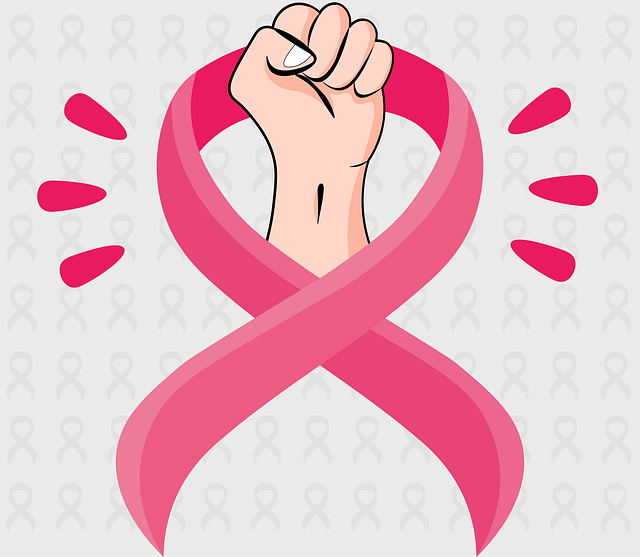Breast cancer is one of the most common cancers among women worldwide, but it’s not the end of the road. It’s a challenge that can be overcome with awareness, early detection, and proper treatment. In this article, we take you on an empowering journey to understand breast cancer, its causes, risk factors, diagnostic methods, and treatment options, along with tips to improve quality of life. If you’re looking for clear, reliable information, this article is for you!
What is Breast Cancer?
Breast cancer occurs when cells in the breast tissue grow abnormally, forming either benign (non-cancerous) or malignant (cancerous) tumors. It typically starts in the milk ducts or lobules and may spread to other parts of the body if not treated early. Thanks to medical advancements, survival rates have significantly improved, especially when detected in its early stages.
Why Does Breast Cancer Happen? Causes and Risk Factors
While the exact cause of breast cancer isn’t fully understood, certain factors increase the likelihood of developing it. Here are the key ones:
1. Genetic Factors:
- Gene Mutations: Mutations in BRCA1 and BRCA2 genes significantly raise the risk.
- Family History: A history of breast or ovarian cancer in the family increases susceptibility.
2. Hormonal Factors:
- Early Puberty or Late Menopause: Prolonged exposure to estrogen heightens risk.
- Hormone Replacement Therapy: Long-term use may contribute to increased risk.
3. Lifestyle Factors:
- Obesity: Excess weight is linked to higher estrogen levels.
- Smoking and Alcohol: These negatively affect cell health.
- Lack of Physical Activity: A sedentary lifestyle increases risk.
4. Other Factors:
- Exposure to radiation in the chest area.
- Age: Women over 50 are at higher risk.
- Never having children or having a first child after age 35.
Golden Tip: Having these risk factors doesn’t guarantee breast cancer, but it’s a call to stay vigilant and schedule regular screenings.
How Can You Detect Breast Cancer? Diagnostic Methods
Early detection is the key to survival! Here are the primary methods for diagnosing breast cancer:
1. Breast Self-Examination:
- Perform monthly, ideally after your menstrual cycle.
- Check for lumps, changes in breast shape, or unusual discharge.
2. Mammogram:
- The most effective tool for early detection, recommended for women over 40.
- Advised annually or biennially, depending on your doctor’s recommendation.
3. Ultrasound:
- Used to evaluate lumps, especially in younger women.
4. Magnetic Resonance Imaging (MRI):
- Utilized for high-risk cases or to confirm a diagnosis.
5. Breast Biopsy:
- A sample of tissue is taken for laboratory analysis to confirm cancer.
Warning Signs:
- A lump or thickening in the breast or underarm.
- Changes in breast size or shape.
- Nipple discharge (especially if bloody).
- Redness or scaling of the breast skin.
If you notice any of these signs, consult a doctor immediately.
Treating Breast Cancer: Advanced and Hopeful Options
Treatment depends on the cancer’s stage, size, and spread. Here are the main options:
1. Surgery:
- Lumpectomy: Removal of the tumor while preserving the breast.
- Mastectomy: Removal of part or all of the breast.
- Lymph Node Removal: Performed if cancer has spread to lymph nodes.
2. Radiation Therapy:
- Used post-surgery to destroy any remaining cancer cells.
3. Chemotherapy:
- Used to shrink tumors before surgery or prevent cancer recurrence.
4. Hormonal Therapy:
- Applied if the cancer is hormone-sensitive (e.g., Tamoxifen).
5. Targeted Therapy:
- Targets specific cancer cell characteristics, such as Herceptin for HER2-positive breast cancer.
6. Immunotherapy:
- Boosts the immune system to fight cancer, a promising modern approach.
Note: Treatment plans are tailored to each patient, so ongoing communication with your doctor is crucial.
Preventing Breast Cancer: Simple Steps to Reduce Risk
While complete prevention isn’t possible, these tips can lower your risk:
- Healthy Diet: Eat vegetables, fruits, and whole grains.
- Regular Exercise: Aim for 30 minutes daily, 5 days a week.
- Maintain a Healthy Weight: Avoid obesity.
- Avoid Smoking and Alcohol: Protect your cells.
- Breastfeeding: May reduce risk.
- Regular Screenings: Don’t skip mammograms or self-exams.
Why Should You Care About Breast Cancer Now?
Breast cancer is more than a disease; it’s a call to prioritize your health and that of your loved ones. Early detection saves lives, and awareness changes destinies. If you’re feeling concerned or want to learn more, don’t hesitate to consult a specialist or visit breast cancer screening centers.
Final Word: You’re stronger than you think! Every step you take toward awareness and prevention is a victory. Share this article with your friends and family to spread awareness and support one another.
